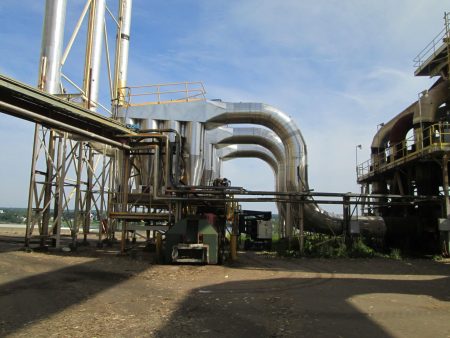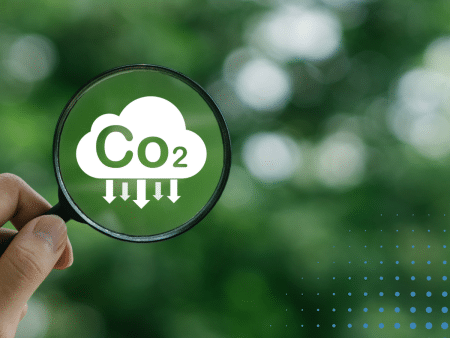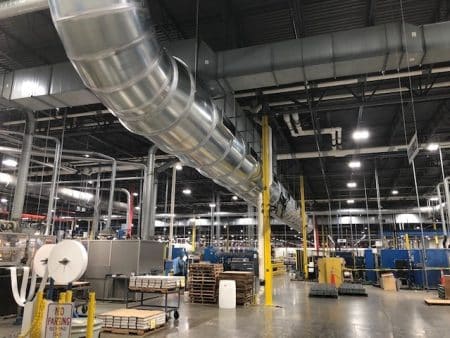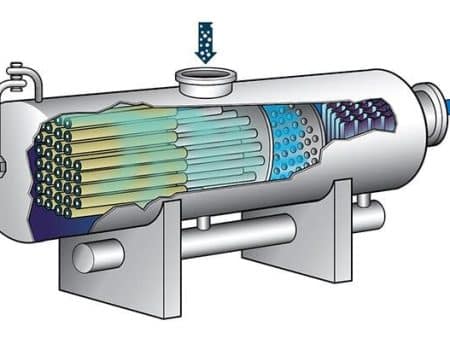
When it comes to controlling air pollution, industrial facilities and power plants often rely on scrubber systems. These systems help remove harmful pollutants from exhaust gases before they are released into the atmosphere. Two commonly used types of scrubbers are wet scrubbers and dry scrubbers. In this article, we will explore the key differences between wet and dry scrubbers, their advantages and disadvantages, and how to choose the right solution for your specific environmental needs.
Understanding Wet Scrubbers
Wet scrubbers, also known as wet air scrubbers or wet gas scrubbers, are pollution control devices that use liquid to capture and remove pollutants from industrial emissions. These scrubbers work by directing the gas stream through a liquid spray or a wetted surface, which traps the pollutants and cleans the exhaust gas. The liquid used in wet scrubbers can be water, water mixed with chemicals, or other suitable liquids.
Learn more about “What is a Wet Scrubber?”
Wet Packed Bed Scrubber System, Horizontal
湿式填料床立式洗涤器系统
烟气湿式洗涤器
Advantages of Wet Scrubbers
One of the primary advantages of wet scrubbers is their ability to efficiently remove both particulate matter and gas-phase pollutants. They are highly effective at capturing fine particles, acidic gases, and even some heavy metals. Wet scrubbers can handle high-temperature and high-humidity environments and are particularly suitable for applications where the pollutants are soluble in water. They are also well-suited for removing odorous compounds, making them an excellent choice for industries dealing with strong odors.
Disadvantages of Wet Scrubbers
While wet scrubbers offer numerous benefits, they also come with some drawbacks. Wet scrubbers tend to consume a significant amount of water, which can be a concern in regions where water scarcity is an issue. Additionally, wet scrubber systems require careful monitoring and maintenance to prevent the growth of bacteria and fungi, which can affect performance. The disposal of the captured pollutants and the wastewater generated during the scrubbing process also need to be managed properly to ensure environmental compliance.
Exploring Dry Scrubbers
Dry scrubbers, also known as dry air scrubbers or dry gas scrubbers, are pollution control devices that remove pollutants from exhaust gases without using a liquid medium. Instead, they use dry sorbent materials, such as activated carbon or hydrated lime, to chemically react with and capture the pollutants. The sorbent materials can be injected into the gas stream or placed in fixed beds through which the gas passes.
Advantages of Dry Scrubbers
Dry scrubbers offer several advantages, making them a viable alternative to wet scrubbers in certain applications. They have a smaller footprint, require less maintenance, and generally consume less energy compared to wet scrubbers. Dry scrubbers are particularly suitable for industries where water conservation is crucial. They are also effective at capturing pollutants that are not soluble in water and can handle high-temperature gas streams.
Disadvantages of Dry Scrubbers
One significant drawback of dry scrubbers is their limited efficiency in capturing fine particles. They are generally more effective at removing gas-phase pollutants than particulate matter. Dry scrubbers may also generate dust during the sorbent injection process, which needs to be properly managed to prevent fugitive emissions. The sorbent materials used in dry scrubbers may require regular replacement, adding to the operating costs.
Choosing the Right Scrubber Solution
The selection of wet or dry scrubbers depends on several factors, including the nature of pollutants, process conditions, regulatory requirements, and operational constraints. For industries dealing with water-soluble pollutants and strong odors, wet scrubbers are often the preferred choice. On the other hand, dry scrubbers are more suitable when water conservation, lower maintenance, and smaller footprint are key considerations. Consulting with experts in air pollution control systems, such as Ceco Environmental, can help determine the most appropriate scrubber solution for your specific needs.



